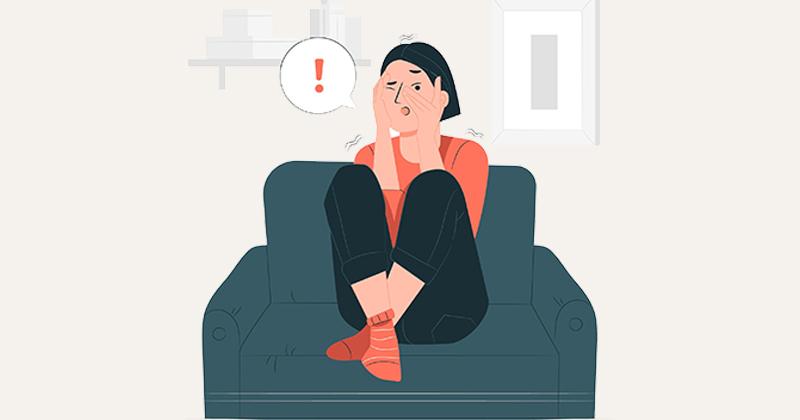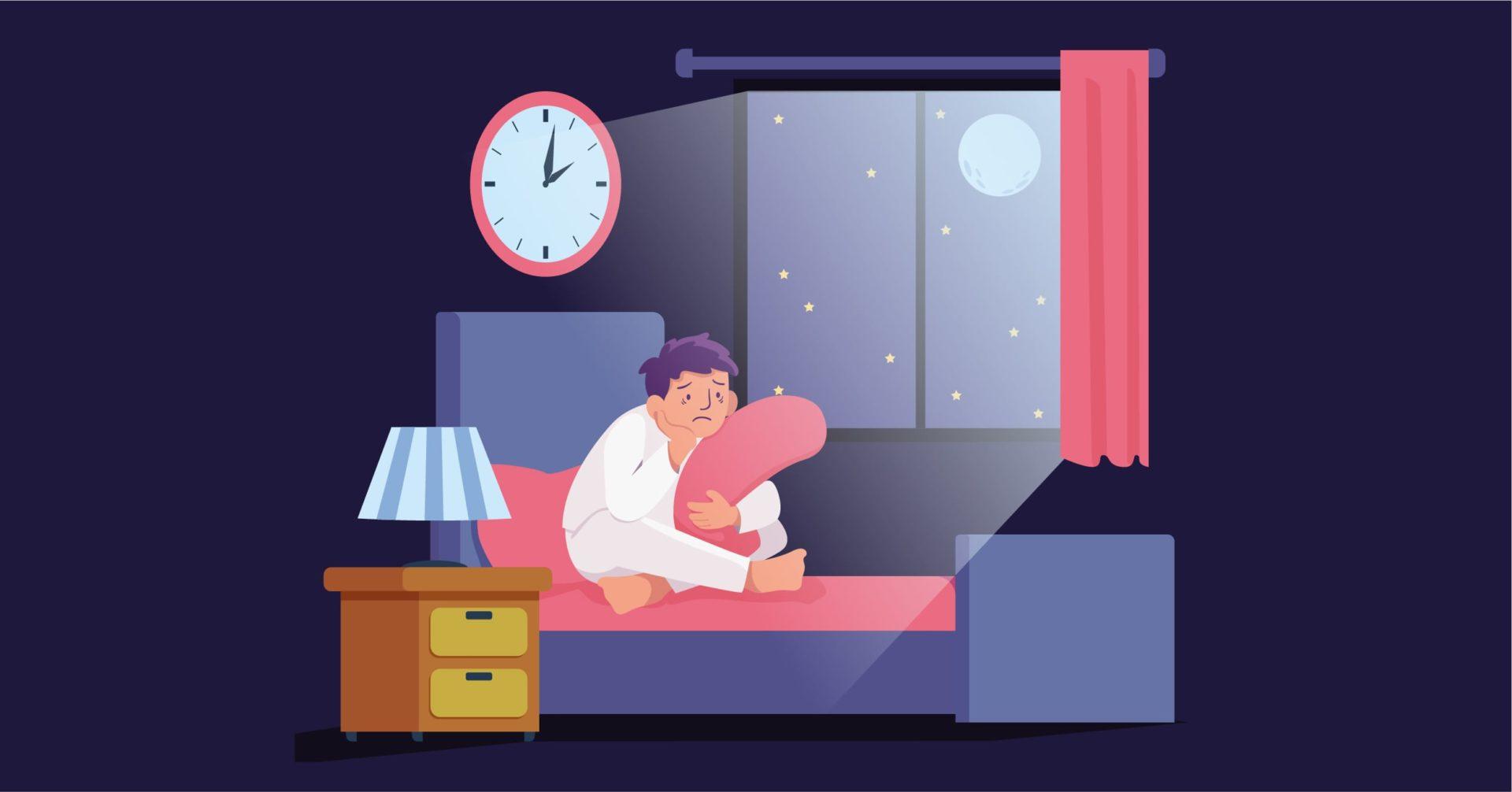Overview
Specific Phobia is a type of anxiety disorder which is characterized by the irrational fear of and anxiety in relation to certain objects or situations. The most common categories of Specific Phobia stimuli include animal phobias, natural environment phobias, blood-injection-injury phobias, and situational phobias.
The fear experienced by the individuals on encountering the particular phobic object or situation is largely disproportionate to the actual danger that it poses. The functional consequences of the disorder can be severe, as the individual is likely to go out of their way in order to avoid the object or situation, which can be a source of dysfunction. Further, the experiences of the individual upon encountering specific phobic objects or environments can be severely distressing.
There is usually a female preponderance in the occurrence of the disorder, though the sex ratio may be subject to variation with respect to the object or situation involved. Aetiology is broadly made up of genetic, environmental, temperamental and neurobiological factors. Trauma conditioning is considered to be a significant correlate.
The mainstay of Specific Phobia treatment is exposure therapy. Various other psychosocial approaches may also be used.
Signs and Symptoms
The signs and symptoms of Specific Phobia may include:
- Significant fear about a specific object or situation
- Significant anxiety about a specific object or situation
- Elevated heart rate and/or blood pressure upon encountering object or situation
- Near-fainting or fainting upon encountering object or situation
- Crying, tantrums, or clinging among children
- Active avoidance of the particular object or situation
- Modifying living environment in order to avoid object or situation
- Having disproportionate reactions to the object or situation in comparison to the actual danger posed
Commonly, the categories of phobia objects and situations involve:
- Animal (including insects)
- Natural environment (such as extreme weather conditions or heights)
- Blood-injection-injury
- Situational (such as in airplanes or closed spaces)
- Other
Risk Factors
There is a female preponderance in the prevalence of Specific Phobia, though the sex ratio fluctuates in accordance with the phobic object or situation. Among individuals who present with blood-injection-injury type phobias, a proportionate sex distribution may be observed.
The disorder typically presents with a childhood onset, with the mean age lying between 7-11 years. Sociodemographic characteristics such as unemployment, low level of education, young age, and low income were identified.
A genetic factor is often considered in the development of Specific Phobia, wherein individuals with first-degree relatives with certain phobias may report the same, that is to say, relatives of those with animal phobia are more likely to have animal phobia as well, and those with relatives having blood-injection-injury phobia are likely to have the same.
One of the most commonly identified risk factors of Specific Phobia is traumatic conditioning, wherein the experience of a traumatic event directly related to or experienced near the object or situation of the phobia is what causes it.
This can also include observing another individual go through trauma. For example, being attacked in an elevator, or being bitten by a snake, can lead to the development of phobias towards those specific objects.
Brain activation is another significant factor associated with the occurrence of Specific Phobias. The amygdala and the insula have been identified as parts of the brain that are responsive to phobic stimuli.
Temperamental factors, linked to genetic mutations involving variants of serotonin transporter genes that bring about excessive fear conditioning as well as extinction resistance among individuals, may be associated with increased neuroticism and create a predisposition to Specific Phobias. Reportedly, children who are more behaviourally inhibited or shy may be at a higher risk of developing Specific Phobias.
Individuals with Specific Phobias may be at a heightened risk of developing other psychopathology, including depressive and bipolar disorders, anxiety disorders, substance use disorder, somatic symptom disorders, and personality disorder.
Diagnosis
The diagnosis of Specific Phobias typically involves a clinical assessment, including an interview and may make use of specific scales in order to determine the presence of phobia. Diagnostic criteria laid out in the DSM-5 may be used in order to support the assessment process.
Clinicians may begin with general questions including a range of possible phobic stimuli, in order to gauge the individual’s previous experiences and fear in relation to it. Questions following the initial ones may be in terms of the severity of the phobia, the frequency of avoidance, and the intensity of fear in order to assess the distress associated with it.
Questionnaires and self-report measures specific to particular phobic stimuli are available in order to aid the screening process. These may range from scales such as The Spider Phobia Beliefs Questionnaire and The Snake Anxiety Questionnaire that assess animal phobia, to scales such as the Blood-Injection Symptom Scale and Medical Fear Survey, that assess blood-injection-injury phobia. Similar scales are available for other object and situation specific phobias.
The DSM-5 mentions the following criteria for the diagnosis of Specific Phobia:
- Marked fear or anxiety about a specific object or situation (e.g., flying, heights, animals, receiving an injection, seeing blood).
Note: In children, the fear or anxiety may be expressed by crying, tantrums, freezing, or clinging.
- The phobic object or situation almost always provokes immediate fear or anxiety.
- The phobic object or situation is actively avoided or endured with intense fear or anxiety.
- The fear or anxiety is out of proportion to the actual danger posed by the specific object or situation and to the sociocultural context.
- The fear, anxiety, or avoidance is persistent, typically lasting for 6 months or more.
- The fear, anxiety, or avoidance causes clinically significant distress or impairment in social, occupational, or other important areas of functioning.
- The disturbance is not better explained by the symptoms of another mental disorder, including fear, anxiety, and avoidance of situations associated with panic-like symptoms or other incapacitating symptoms (as in agoraphobia): objects or situations related to obsessions (as in obsessive-compulsive disorder); reminders of traumatic events (as in posttraumatic stress disorder); separation from home or attachment figures (as in separation anxiety disorder); or social situations (as in social anxiety disorder).
Specifications are made on the type of phobic object or situation, as well as on whether two or more Specific Phobias appear concomitantly.
Treatment
Psychosocial modes of treatment are used with regard to Specific Phobias. The mainstay of treatment is a method known as ‘exposure therapy’, which aims to resolve the phobia and anxiety surrounding the object or stimulus by exposing the individual to it.
This is usually done in a controlled setting, wherein the clinician or practitioner is able to limit and increase the exposure involved as and when necessary, in order to ensure minimal distress to the patient.
A similar process referred to as ‘systematic desensitization’ also aims to expose the individual to the stimulus, though this may be an imaginary exposition, and promotes the use of deep muscle relaxation in order to reduce anxiety associated with the object or situation.
Other forms of therapy include cognitive therapy as well as virtual reality therapy. The latter may include visual stimulation exposing the patient to phobic stimuli in order to equip them with adequate coping mechanisms.
Specialist
A clinical psychologist or psychiatrist may be involved in the diagnosis of the disorder, and may specialize in anxiety disorders. Treatment specialists depend on the type of therapy the individual finds to be most effective. Trained therapists are often involved in the management of Specific Phobias.





